Airbus A340-300 LAN Chile Model
Production Time 9 to 10 weeks
Shipment is by FedEx, UPS or DHL International Express Courier with a normal door-to-door delivery time worldwide of within 2-3 business days after dispatch. Due to the current volatility of world fuel prices, the amount mentioned here is our best estimate for DHL and UPS and may be subject to change at the time of shipping.

Porduct Statistics
Length: 17 Inches (43.2 Centimeters)Wingspan: 16.1 Inches (40.9 Centimeters)
Height: 4.5 Inches (11.4 Centimeters)
Scale: 1:147
$239.50
Manufacturer: Airbus Industries
Production Time 9 to 10 weeks
-
United States dollar ($)
-
Pound sterling (£)
-
Euro (€)
-
Australian dollar ($)
-
Canadian dollar ($)
-
Singapore dollar ($)
-
Swiss franc (CHF)
-
Japanese yen (¥)
-
Danish krone (kr.)
-
Hong Kong dollar ($)
-
Norwegian krone (kr)
-
Swedish krona (kr)
General Product Description
Our MyMahoganyModel Airbus A340-300 LAN Chile Model exhibits unique, unrivaled quality and detailed design to come as close as possible to the accuracy of the actual plane. It comes as standard with a robust, durable base or stand which is available in a variety of different finishes designed to match your own personal requirements including solid wood, wood with polished metal supports or adjustable wood wall mount and will be ready within about 9-10 weeks from placement of order.
The Airbus A340-300 LAN Chile Model is made of the finest kiln dried renewable mahogany wood (commonly known as Lauan or Meranti) which has undergone many stages of carving and meticulous and careful sanding giving the beautiful finished museum quality masterpiece. Many collectors and model connoisseurs demonstrate their preference for genuine handmade and hand painted mahogany wood models rather than plastic or die cast (diecast) alternatives due to the overall look and totally different feel of the item - we trust you will find the same. We can, however, if required produce the same model in Solid Cast Resin so just click and contact us us for further information. Our craftsmen and gifted artisans ensure that our finely handcrafted model airplanes match the precise blueprint details of the original aircraft. The paint scheme, markings and parts are closely matched, reflecting the original aircraft. This stylish top-quality desktop replica model will surely enthrall anyone who receives this as a gift and for sure one of the most appropriate and desirably collectable gifts for any aviation enthusiast and avid aircraft collector whilst also displaying a perfect resemblance to the actual aircraft.
If you require we can also make the Airbus A340-300 LAN Chile Model in any other airline, private livery or colour scheme you require and if necessary in a different size or scale. Just click here to contact us with a description or photographs of what you require, and we will let you have a quotation for the necessary customization by return email. We can also make bespoke scale replicas of any other private / civil commercial airliner or airliners, helicopter, glider, gliders with engines, military jet, warplane jets, propeller warplanes, biplane, triplane, tail fin, spacecraft, rocket or NASA model you require in any airline, military or civilian livery or colors. We also produce model airships, blimp, dirigible, blimps, boat and ship collectibles. Wall plaque or seal for military, government or private customers. Again, by clicking here to contact us just let us know exactly what you need.
The Airbus A340 is a long-range four-engined wide-body commercial passenger airliner manufactured by Airbus, a subsidiary of EADS. It seats between 261 and 380 passengers, and has a range between 6,700 and 9,000 NM. It is similar in design to the twin-engined A330. Initial A340 versions share the fuselage and wing of the A330 while later models are longer and have larger wings.
Development
The first published studies for the A340 were as the TA11 in 1981, as shown in the November issue of Air International Magazine (coinciding with the display of the A300 at that years Farnborough Airshow). Concept drawings of the A320 (SA 9) and A330 were also published, along with estimated performance figures by Airbus Industrie.
A340 was launched in June 1987 as a long-range complement to the short-range A320 and the medium-range A300. At the time, Airbuss twinjets were at a disadvantage against aircraft such as the Boeing 747 because of the ETOPS problem as defined by the then-current regulations: two-engined aircraft had to stay within 60 minutes flying distance of a suitable diversion airport, which prevented them from competing on long over water routes. Furthermore, the existing ETOPS immune wide-bodies in the 250-300 seat range, the trijet DC-10 and L-1011, were aging, as they had been in service since the early 1970s.
The A340 was designed in parallel with the twin-engined A330: both aircraft share the same wing and similar fuselage structure, and borrow heavily from the advanced avionics and composite structure technology developed for the A320.
Both the A330 and A340 are assembled on the same final assembly line at Toulouse-Blagnac, France. The four-engined A340 is able to fly long over-water routes. Because of its ETOPS immunity, Virgin Atlantic Airways used the motto 4 Engines 4 Long Haul on its A340 fleet.
The A340 was originally intended to use the new superfan engines of International Aero Engines, but they decided to stop the engines development. The engine nacelles of the superfan engine consisted of provisions to allow a large fan near the rear of the engine. As a result of the superfan cancellation by IAE, the CFM International CFM56-5C4 was used as the sole engine choice instead of being an alternate choice as originally envisioned. The longer-range versions, the A340-500 and -600, are powered by Rolls-Royce Trent 500 engines.
When the A340 first flew in 1991, engineers noticed that the wings were not strong enough to carry the outboard engines at cruising speed without warping and fluttering. To alleviate this, an underwing bulge called a plastron was developed to correct airflow problems around the engine pylons and to add stiffness. The modified A340 began commercial service in 1993 with Lufthansa and Air France.
The A340 incorporates high-technology features such as fully digital fly-by-wire flight control system. It also uses joysticks instead of yokes, with one joystick to the left of the pilot and one to the right of the co-pilot. The A340s flight deck is highly similar to the A320s, and employs a common pilot rating with the A330. This enables A330/A340 flight crews to fly A320s and vice-versa with minimal extra training. This saves costs for airlines that operate both aircraft families. The cockpit also features CRT-based glass cockpit displays on the A340-200 and A340-300 and LCD-based on -500 and -600. Some composite primary structures are also used.
An A340 was used as first commercial jet that enables the use of mobile phones during flight. In March 2008 Emirates Airlines introduced a system allowing passengers to make outgoing calls with their handset. Incoming calls are not possible and the system is not available at night or during landing and take-off.
Operational history
With the introduction of higher gross weight Boeing 777s such as the 777-200ER and specifically 777-300ER, sales of the A340 began to decline. Over the last few years the 777 has outsold the A340 by a wide margin. Although the larger GE90 engines on the 777-300ER burn considerably more fuel than the Trent 500s, using only two of them compared to four Trents has meant a typical operating cost advantage of around 8-9%.
A340-600 at the Farnborough Airshow, 2006.In January 2006, Airbus announced plans to develop the A340E (Enhanced). Airbus promoted that the A340E would be more fuel-efficient than earlier +A340s+. and close the 8-9% disparity with the Boeing 777 by using Trent 1500 engines.
Airbus has predicted that it will probably produce 127 A340 units through 2016, after which production will cease.
In mid-2008, with jet fuel prices double what they were the year before, the A340s fuel consumption has led airlines to curtail very long flights, of greater than 15 hours. Thai Airways International canceled its 17-hour, nonstop Bangkok-New York/JFK route on July 1, 2008, and has changed its Bangkok-Los Angeles route to one-stop service via Osaka/KIX, with a Boeing 777-300. All 4 of its +A340-500+. fleet are currently for sale. While short flights stress aircraft more than long flights, and result in more frequent fuel-thirsty take-offs and landings, ultra-long flights require an airline to fill an aircrafts fuel tanks to the maximum; this means that, en route, the plane is burning a lot of fuel just to carry fuel, a flying tanker with a few people on board, Air France-KLM SAs chief executive Pierre-Henri Gourgeon told the Wall Street Journal. While Thai Airways has consistently filled 80% of the seats on its NYC-Bangkok flights, it estimates that, at 2008 fuel prices, it would need an impossible 120% of seats filled just to break even. Other airlines are re-examining long-haul flights as well. In August, 2008, Cathay Pacific told the Wall Street Journal that rising fuel prices are hurting its trans-Pacific long haul routes disproportionately; it will cut the number of such flights it offers and redeploy its aircraft to shorter routes such as between Hong Kong and Australia. We will…reshaping (our network) where necessary to ensure we fly aircraft to where we can cover our costs and also make some money, Cathay Pacific CEO Tony Tyler told the newspaper.
Variants
There are four variants of the A340 and launched on two separate occasions. The A340-200 and A340-300 were launched in 1987 with introduction into service in March 1993. The A340-500 and A340-600 were launched in 1997 with introduction into service in 2002.
+.A340-200+.
Airbus A340-200One of two initial versions of the A340, the A340-200, with 261 passengers in a three-class cabin layout has a range of 7,450 nautical miles (13,800 km). This is the shortest version of the type and the only version with wingspan measuring greater than the length of the plane. It is powered by four CFMI CFM56-5C4 engines. The planes range was one of the longest of the time and it was intended to open long and thin routes, especially over water.
One version of this type was ordered by the Sultan of Brunei requesting for a non-stop range of 8,000 nautical miles (14820 km). This A340-8000 had an increased fuel capacity, a MTOW of 275 tonnes similar to the A340-300, and minor reinforcements to the undercarriage. Upon completion its final range was specified at 8,100 nautical miles (15,000 km). It is powered by the 34,000 lbf (151 kN) thrust CFMI CFM56-5C4s similar to the -300E.
Other A340-200s were later given performance improvement packages (PIPs) which helped them achieve similar gains in capability as to the A340-8000. Those aircraft are labeled A340-213X. The range for this version is 8,000 NM (14,820 km).
Due to its large wingspan, four engines, low capacity, and improvements to the A340-300, the -200 proved heavy and unpopular with mainstream airlines. Only 28 A340-200s were produced with several now in VIP service. South African Airways is the largest operator with 6 flying mostly on Cape Town routes. Other current operators include Aerolineas Argentinas (4), Royal Jordanian (4), Egypt Air (3) and Conviasa (1).
Some A340-200 are used for VIP or military use. Examples of these are Royal Brunei Airlines, Qatar Airways, Arab Republic of Egypt Government, Saudi Arabia Air Force, The Hashemite Kingdom of Jordan and the French Air Force. Other historical operators include Cathay Pacific, Philippine Airlines, and Air Bourbon, among others. This version is now out of production.
A340-300
A340-300 flies 295 passengers in a typical three-class cabin layout over 6,700 nautical miles (12,400 km). This is the initial version, having flown on 25 October 1991, and entered service with Lufthansa and Air France in March 1993. It is powered by four CFMI CFM56-5C engines, similar to the -200. Its two closest competitors are the Boeing 777-200ER and, formerly, the McDonnell-Douglas MD-11, which is no longer in production.
The A340-313X is a heavyweight version of the A340, and was first delivered to Singapore Airlines in April 1996, though Singapore Airlines no longer operates this model.
The A340-313E is the latest version of this type and was first delivered to Swiss International Air Lines in 2003. It has a maximum takeoff weight (MTOW) of 276.5 tonnes with typical range with 295 passengers of between 7,200 and 7,400 nautical miles (13,300 km and 13,700 km). It is powered by the more powerful 34,000 lbf (151 kN) thrust CFMI CFM56-5C4s. The largest operator of this type is Lufthansa with 30.
The A340-300 is no longer in production with the last of 217 -300s delivered to a private Russian customer in September 2008, with the final airline delivery to Finnair in July 2008.
+A340-500+.
The A340-500 was introduced as the worlds longest-range commercial airliner. It made its first flight on 11 February 2002, and was certified on 3 December 2002 with early deliveries to Emirates Airline. While the KC-10 Extender is the longest-ranged production aircraft, the A340-500 was the worlds longest-range commercial airliner until the introduction of the Boeing 777-200LR in February 2006. The A340-500 can fly 313 passengers in a three-class cabin layout over 8,650 nautical miles (16,020 km), e.g. it is capable of traveling non-stop from London to Perth, Australia, though a return flight requires a fuel stop due to headwinds. Singapore Airlines, for example, used this model, in a 2-class, 181-passenger layout, for its Newark-Singapore nonstop route: a 17-hour, 45-minute westbound (really northbound to 70NM abeam the North Pole; then south from there across Russia, Mongolia and China), 18-hour, 30-minute eastbound, 15,345 km (8,285 NM) journey that remains the longest scheduled non-stop commercial flight in the world14. By late June, 2008, Singapore Airlines completed conversion of its 5 A340-500s to an all-Business Class configuration, with 100 seats, due to high-end passenger demand. These aircraft are also used on the SQ Los Angeles-Singapore nonstop route. Thai Airways International flew this model on non-stop flights from Bangkok to Los Angeles and New York/JFK, but terminated the New York service on July 1, 2008 due to increased fuel costs. Thais Los Angeles-Bangkok route, which had recently used a Boeing 777-300 with an en route stop at Osaka, was once again being flown nonstop with an Airbus A340-500 as of early November, 2008. However, it is reported that one-stop B777-300s will again replace A340-500s on this route on March 31, 2009. Thais entire fleet of four A340-500s was initially put up for sale, but poor resale value in the current aircraft market caused Thai to withdraw them from the market in October, 2008. Thai may use some of its aircraft on thinner European routes, but will sell them all as soon as it can obtain a reasonable price. They are worth about USD 180 million each. Etihad Airways is a recent new customer.
In the first transfer of A340-500s from one airline to another, TAM Brazilian Airlines has acquired two former Air Canada airplanes for use on its So Paulo-Frankfurt route, after Air Canada replaced them with Boeing 777LRs on its Toronto-Hong Kong route. A total of 34 A340-500s have been ordered by 7 airlines and 4 Government VIP operators (including Qatar and Algeria), with 28 delivered as of October, 2008.
Compared with the A340-300, the -500 features a 4.3 m fuselage stretch, an enlarged wing area, massive increase in fuel capacity (around 50% over -300), slightly higher cruising speed, larger horizontal stabilizer and smaller vertical tailplane. The A340-500/-600 has taxi cameras to help the pilots during ground maneuvers. The A340-500 is powered by four 53,000 lbf (236 kN) thrust Rolls-Royce Trent 553 turbofans.
Etihad Airways Airbus A340-500The A340-500HGW (High Gross Weight) version has a range of 9,000 NM (16,700 km) and an MTOW of 380 tonnes and first flew on the 13th October 2006. It uses the strengthened structure and enlarged fuel capacity of the A340-600HGW. The certification aircraft became the first delivery, to Thai Airways International, on 11th April 2007. Kingfisher Airlines plans to use this model to operate nonstop flights from India to the United States. However, in October, 2008, Kingfisher transferred 3 of its 5 delivery positions to Arik Air of Nigeria, due to the economic effects of the worldwide recession in India. Arik Air will receive these 3 A340-500s in November, 2008, and place them in service on its new Lagos-London Heathrow route, and later on nonstop routes to New York, Atlanta, Miami and Houston. The A340-500HGW is powered by four 56,000 lbf (249 kN) thrust Rolls-Royce Trent 556 turbofans.
The largest A340-500 operator is Emirates Airline, with 10 aircraft in service.
The direct Boeing equivalent is the 777-200LR, which entered service in February 2006, exceeding the A340-500 as the worlds longest-range commercial airliner.
+A340-600+.
China Eastern Airbus A340-600 in Expo 2010 liveryDesigned as an early generation 747 replacement, the A340-600 flies 380 passengers in a three-class cabin layout (419 in 2 class) over 7,500 nautical miles (13,900 km). It provides similar passenger capacity to a 747 but with 25% more cargo volume, and at lower trip and seat costs. First flight of the A340-600 was made on 23 April 2001. Virgin Atlantic began commercial services in August 2002.
The A340-600 is more than 10 m longer than a basic -300, making it the longest airliner currently in production; more than four metres longer than the Boeing 747-400. The Airbus A340-600 will continue to hold the record for being the worlds longest commercial aircraft until the first Boeing 747-8 Intercontinental is rolled out in 2009. It is powered by four 56,000 lbf (249 kN) thrust Rolls-Royce Trent 556 turbofans. It also has an additional four-wheel undercarriage on the fuselage center-line to cope with the increased MTOW. Airbus has made provisions for freeing additional upper deck main cabin space, by providing optional arrangements for additional facilities such as crew rest areas, galleys, and lavatories upon the stretched A340 aircrafts lower decks.
In April 2007, The Times reported that Airbus had advised carriers to reduce cargo in the forward section by five tonnes in order to compensate for overweight first and business class sections. The additional weight causes the aircrafts center of gravity to move forward thus reducing cruise efficiency. Airlines affected by the advisory are considering demanding compensation from Airbus.
Planform view of a Virgin Atlantic A340-600 take off. The undercarriages are still retracting.The A340-600HGW (High Gross Weight) version first flew on 18 November 200520 and was certified on 14 April 2006.21 It has an MTOW of 380 tonnes and a range of up to 7,900 NM (14,600 km), made possible by strengthened structure, increased fuel, more powerful engines and new manufacturing techniques like laser beam welding. The A340-600HGW is powered by four 60,000 lbf (267 kN) thrust Rolls-Royce Trent 560 turbofans.
Emirates Airline became the launch customer for the -600HGW when it ordered 18 at the 2003 Paris Air Show but postponed their order indefinitely and later cancelled. Rival Qatar Airways, which placed its order at the same airshow, took delivery of the first aircraft on 11 September 2006. It has since let its purchase options expire.
OPERATORS OF 340s
+Airbus Executiveamp; Private Jets+.
+Aerolineas Argentinas+.
+Air Canada+.
+Air China+.
+Air China Southwest Company+.
+Air Comet+.
+Air France+.
+Air Mauritius+.
+Air Namibia+.
+Air Tahiti Nui+.
+Arik Air+.
+Austrian Airlines+.
+Cathay Pacific+.
+China Airlines+.
+China Eastern Airlines+.
+Conviasa+.
+Egyptair+.
+Emirates Airlines+.
+Etihad Airways+.
+Finnair+.
+Flightlease+.
+Gulf Air+.
+Hainan Airlines+.
+Iberia+.
+ILFC+.
+Kingfisher Airlines+.
+Kuwait Airways+.
+LAN Airlines+.
+Lufthansa+.
+Olympic Airlines
+Philippine Airlines+.
+Qatar Airways+.
+Royal Jordanian+.
+Sabena+.
+Scandinavian Airlines System+.
+Singapore Airlines+.
+South African Airways+.
+SriLankan Airlines+.
+Swiss International Air Lines+.
+TAM Linhas Aereas+.
+TAP Portugal+.
+Thai Airways International+.
+Turkish Airlines+.
+Union des Transports A eacute;riens+.
+Virgin Atlantic Airways+.
Courtesy Wikipedia
| Weight | 6 kg |
|---|---|
| Dimensions | 17 × 16.1 × 4.5 in |
Be the first to review “Airbus A340-300 LAN Chile Model” Cancel reply
Related products
Private & Civilian
Private & Civilian
Private & Civilian
Private & Civilian
Private & Civilian
Private & Civilian
Private & Civilian
Private & Civilian


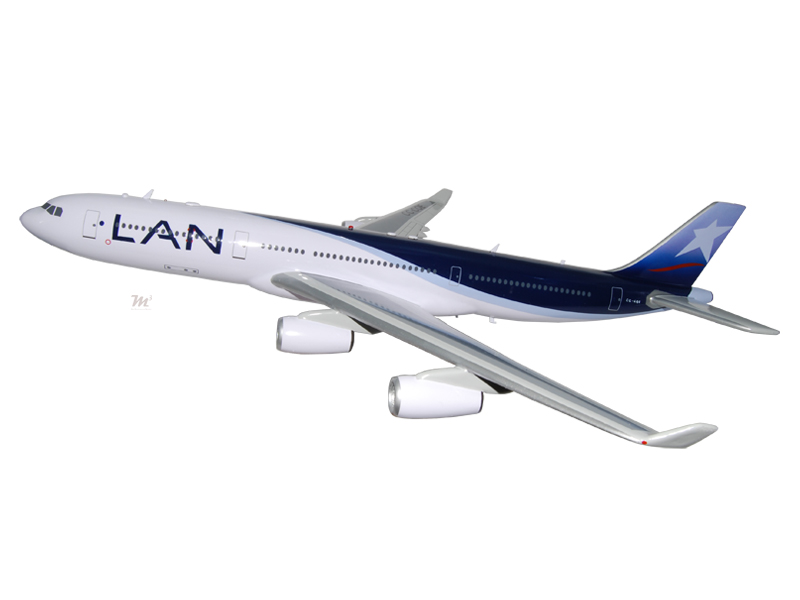






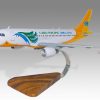
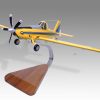
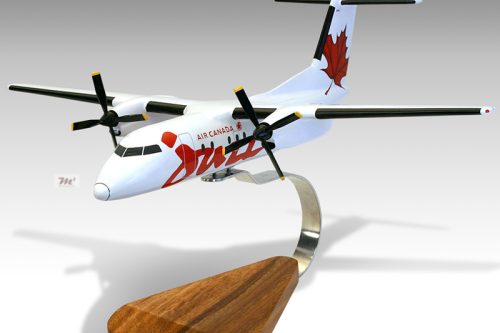
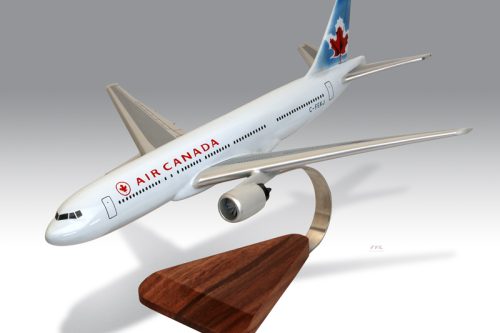
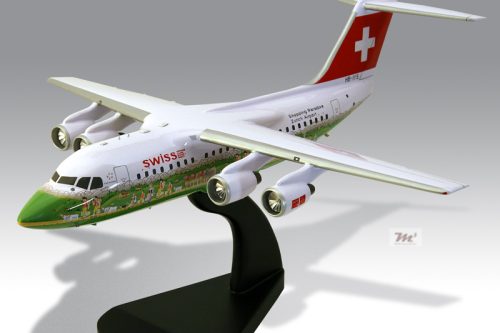
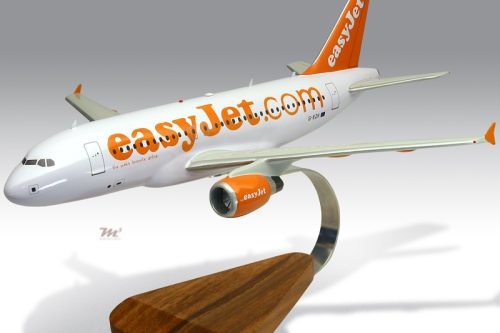
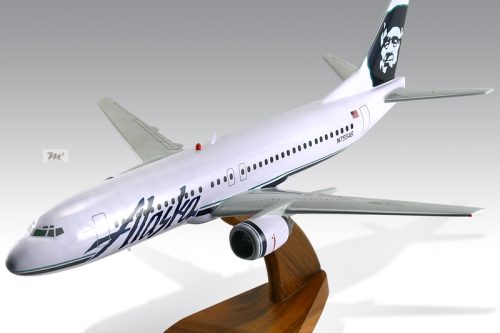
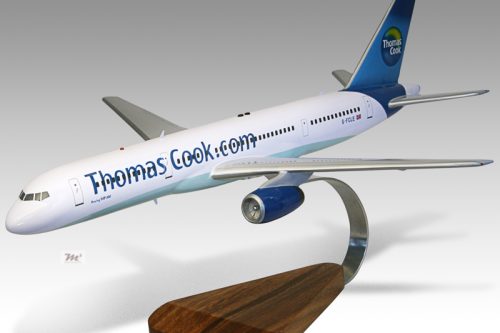
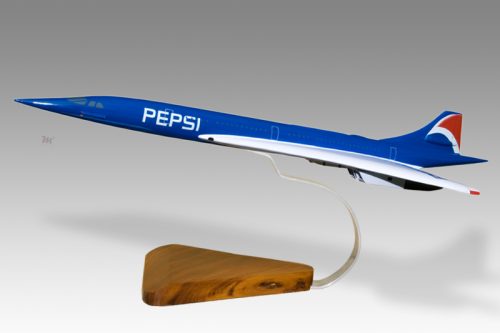

Reviews
There are no reviews yet.